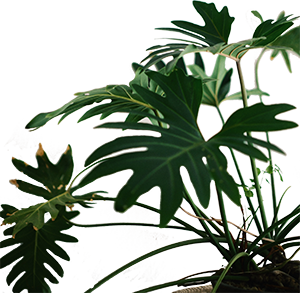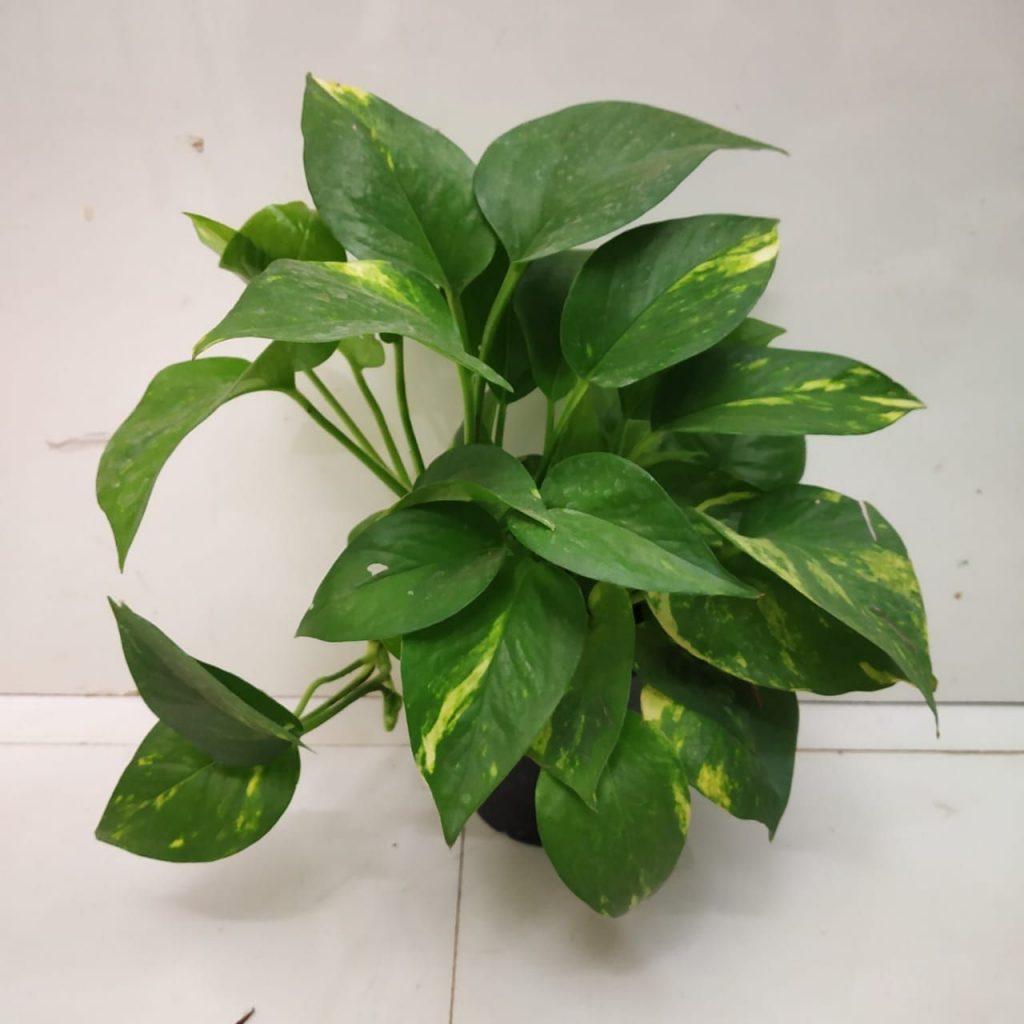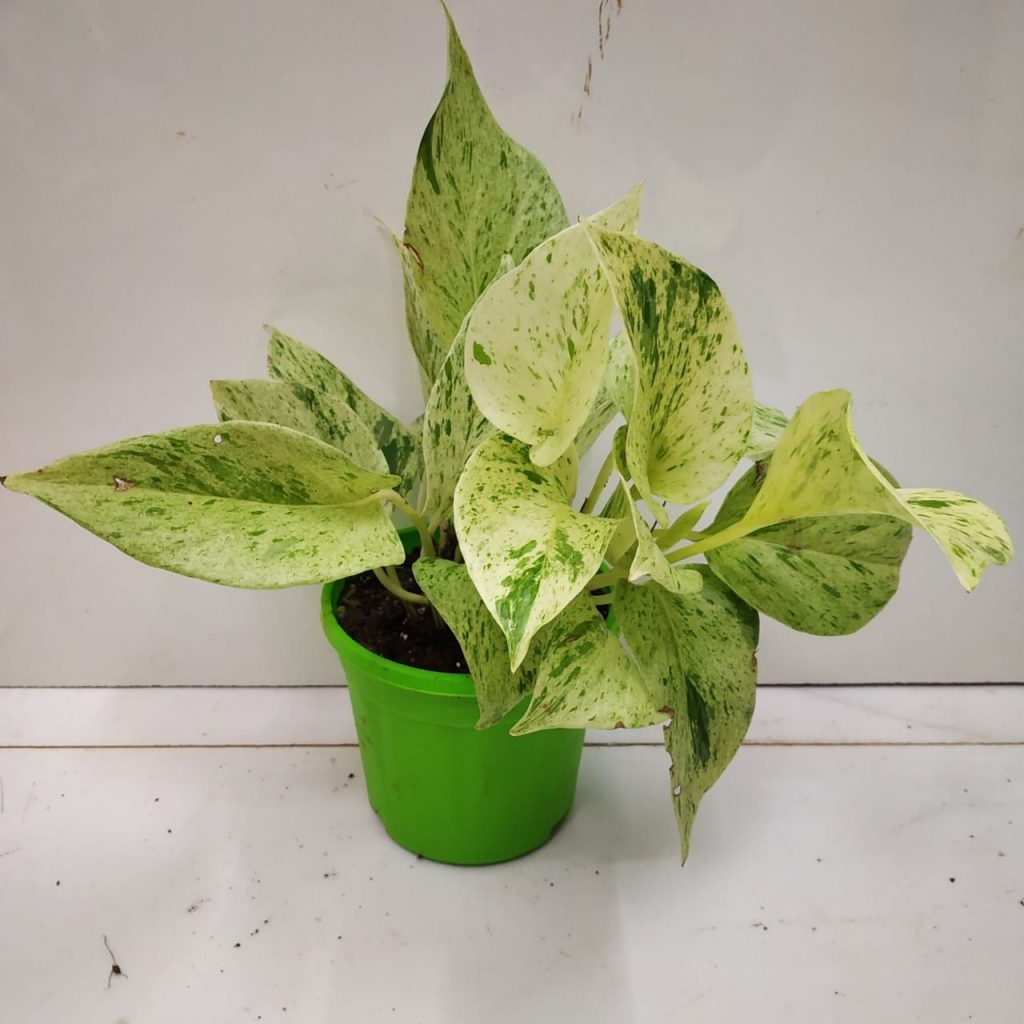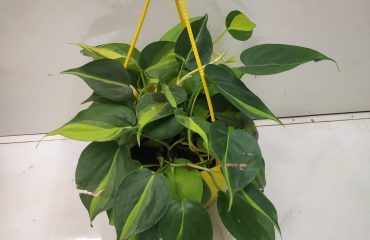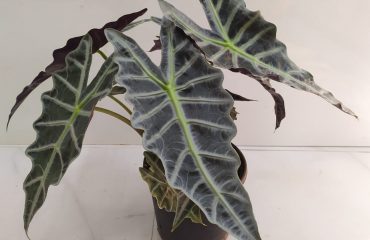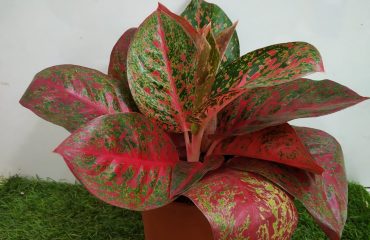How To Take Care Of Money Plants?
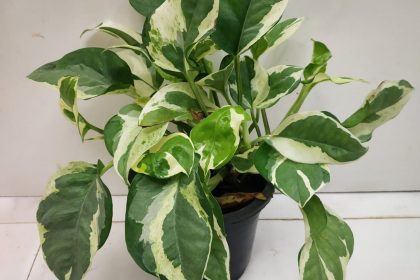
The plant is called a money plant because its leaves (round, flat, heart-shaped, dark green, and plump) resemble coins. It is a perennial and may be grown as either a trailer or a climber. Young plants bear three to four-inch-long heart-shaped leaves. This plant is grown mainly indoors.
Care Instructions:
These are the tips that will help you to keep the Roling Nature money plant or golden pothos healthy and robust. The plant will grow in the provided pot for lifetime if properly cared for. Money plants are evergreen perennials.The potting mix in all Rolling Nature plants is a mixture of soil, manure and coco peat. This is the best combination for plants in containers in a right proportion and increases shelf life of the plants. It retains water and nutrients well, provides good drainage / aeration to the plant and is pest free.
Light:
Direct sunlight can scorch the leaves, while too little light cause the leaves to yellow and wilt. If placing the plant in a window, rotate it regularly to get even light exposure. This plant does best in indirect sunlight or partial shade conditions year-round.
Water:
Please pour 100-150 ml water in 2-3 days in the pots of height range 4 to 6 inches. These include normal pots, hexa pots, and medium ceramic and colorista planters. Add 50-60 ml water in 2-3 days in smaller ceramic pots, smiley cups or iris planters, which are less than 4 inches in height. For watering depends on the light condition and also on the indoor temperatures. Water only when the topsoil feels dry, you can touch the soil by your finger and check. For those who are looking for watering perfectly, dry topsoil signifies the money plant is ready to get watered. Let plants dry out only in the top two inches of soil before irrigating. If the plant dries out to the roots, growth will retard and the overall health of the plant will suffer.Don’t over water money plant. The overwatering can cause root rot.
Humidity:
Mist the plant every week once. This plant prefers normal household humidity during the summer months. It should be given additional misting every two three days if air humidity is exceptionally dry. Or the plant is in air-conditioned space.
Fertilizer:
Pothos aren’t heavy feeders, feed the plants with organic manure once in 6 months, when using Rolling Nature potting mix. For normal soil feed bi-monthly, with any balanced houseplant organic manure.
Pruning:
No pruning is required, but it can be done to shape or control the size of your plant. Cut back to a leaf that is about 2 inches from the base of the plant, to keep new growth coming in. Remove yellow leaves that are ageing.
Re-Potting:
If the money plant has robust growth, and it seems outgrowing the pot, it is time to repot. After a year you can re-pot in a container 1 or 2 sizes larger, with fresh soil and manure. It helps to trim the plant back at this time also.
Money Plant Problem Troubleshooting
Yellow Leaves: The cause may be the water you are using. The chlorinated water or fluoridated water may cause yellowing of leaves. Try changing water to Rainwater/ RO water/ Filtered water. Alternatively you can allow the tap water to sit for a night in a vessel and use the upper 3/4th water for the plant.Yellowing leaves that fall: The likely cause is over watering, so the remedy is the opposite to what you have been doing which is watering much less and keep to the amount in the care instructions.Dry brown leaf tips: You will find the room is too dry. Misting the money plant leaves will improve humidity and prevent the dryness of leaves.Stems rotting: The causes here can either be a drop in temperatures or over-watering. If the money plant leaves have become limp it could be a cold temperature drop rather than over-watering. The plant will now need treatment to save it, and check for root rot.Loss of variegation in money plant: It means plant needs a bit more light.Take good care of your Money Planta and enjoy health, wealth and abundance. The name says it all, and its is a fact that it is auspicious as per Vaastu and a renowned good luck plant as per Feng Shui.


